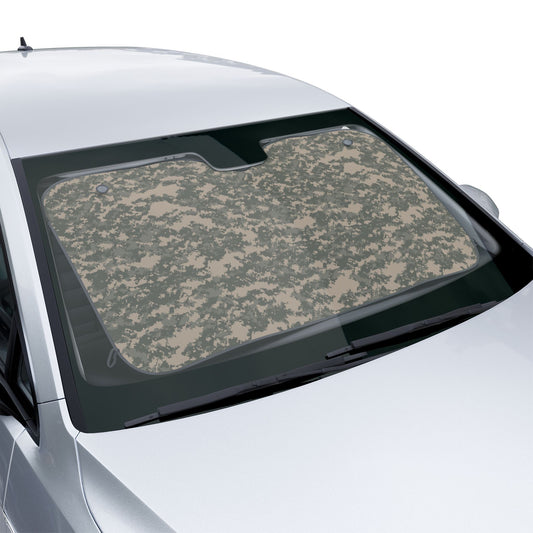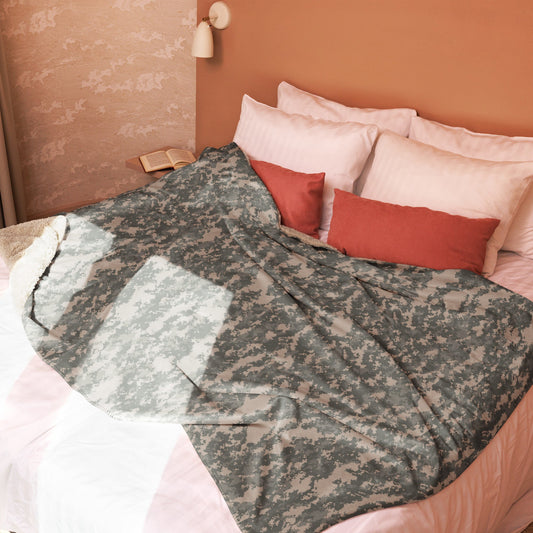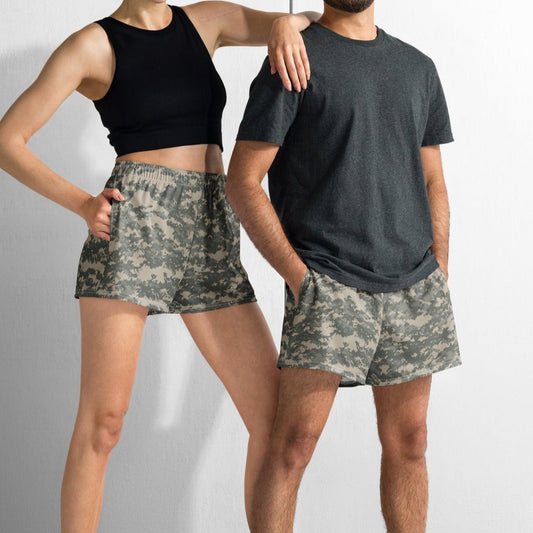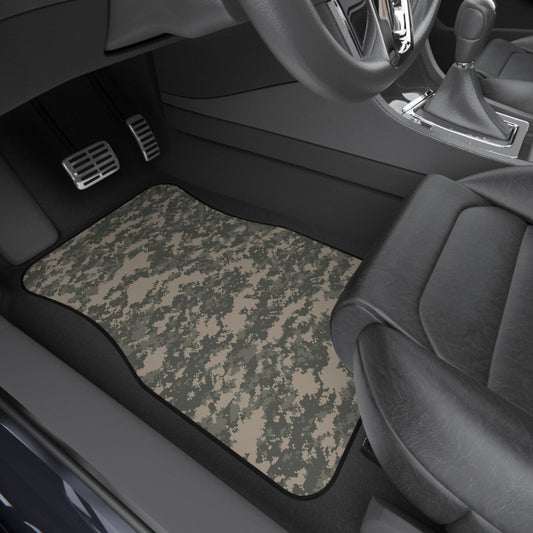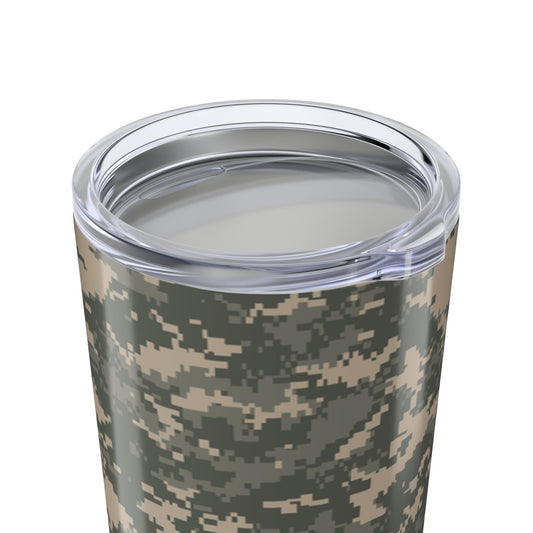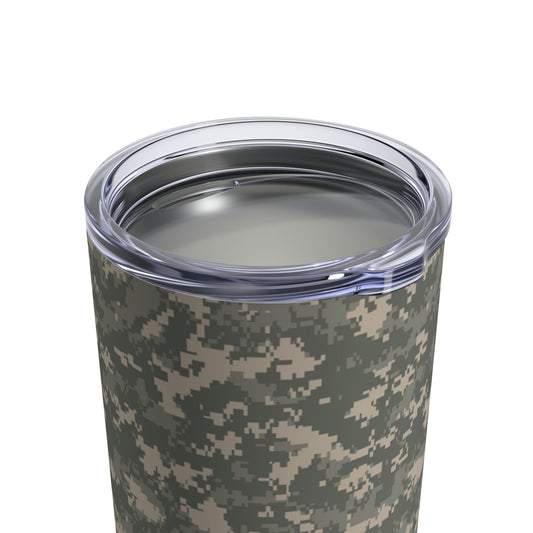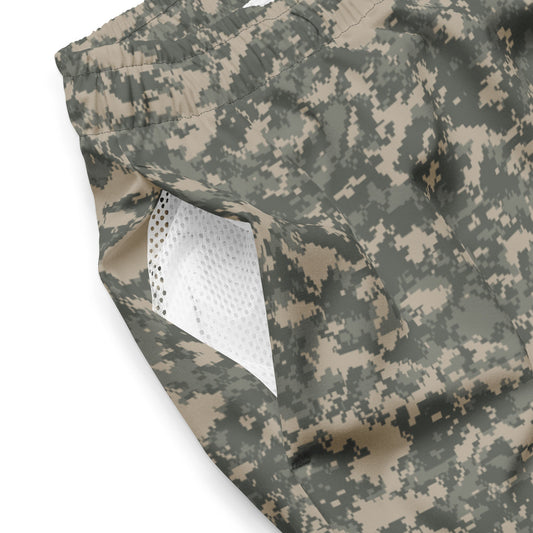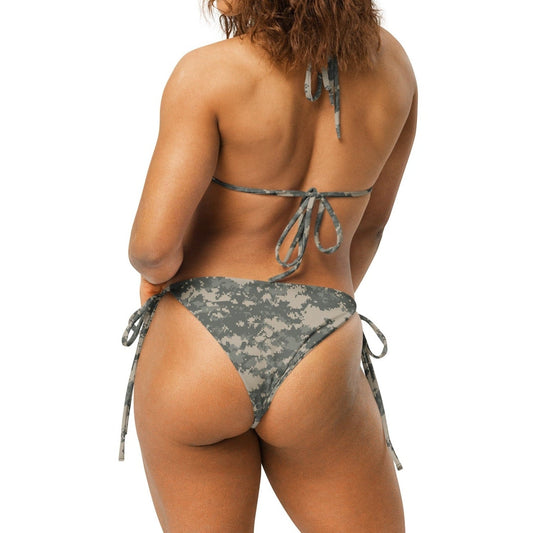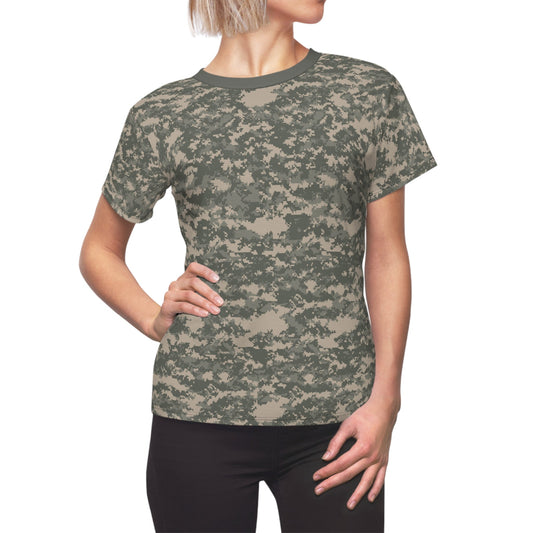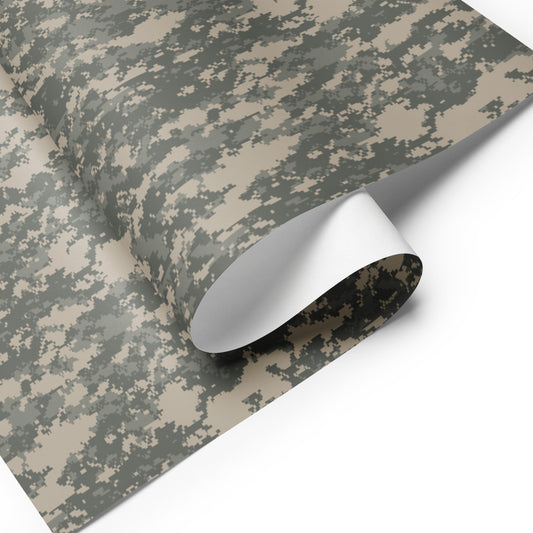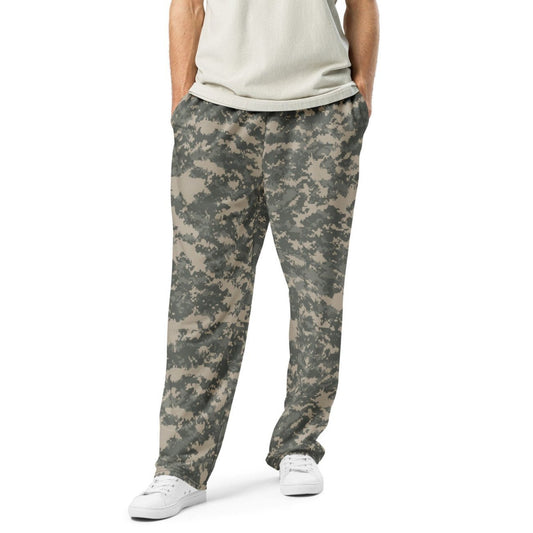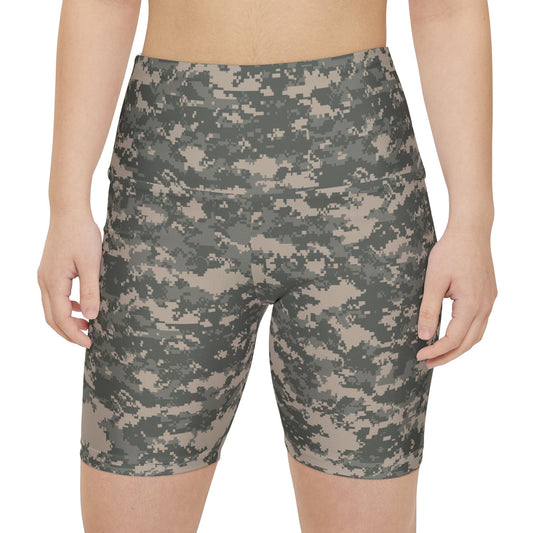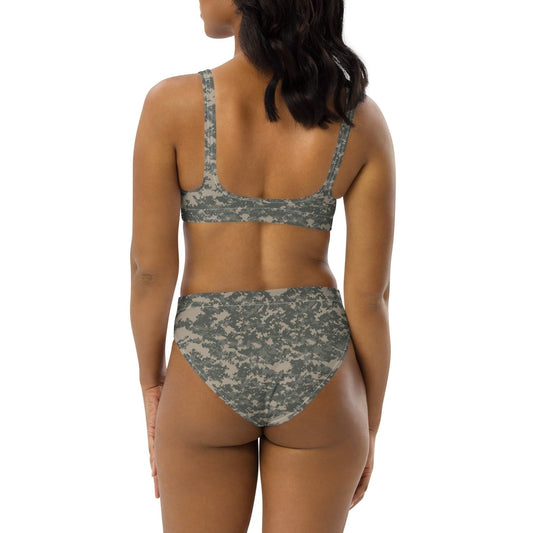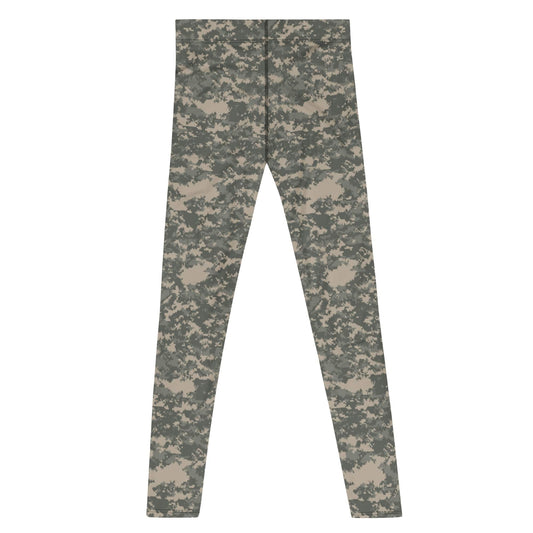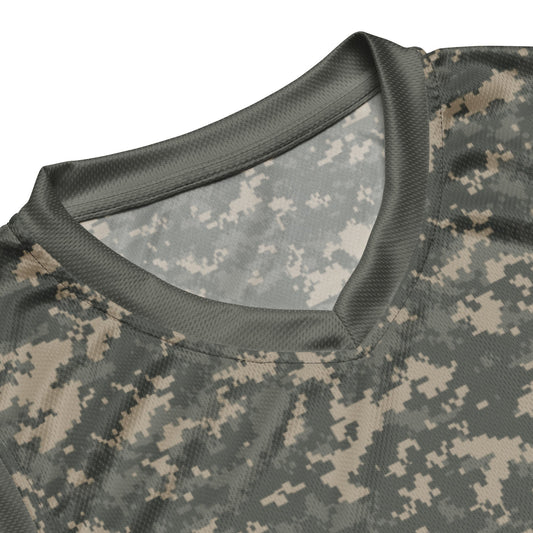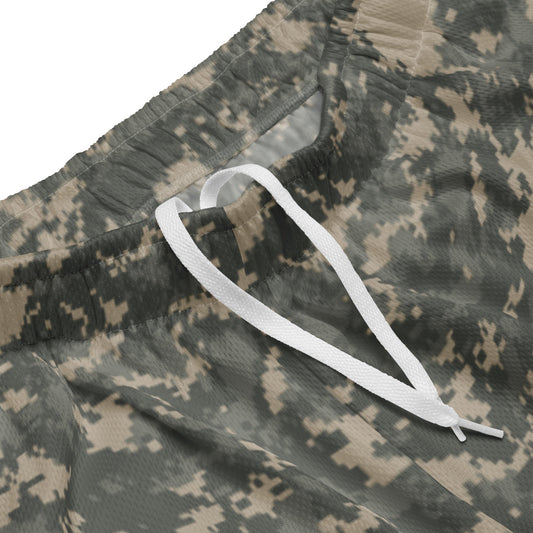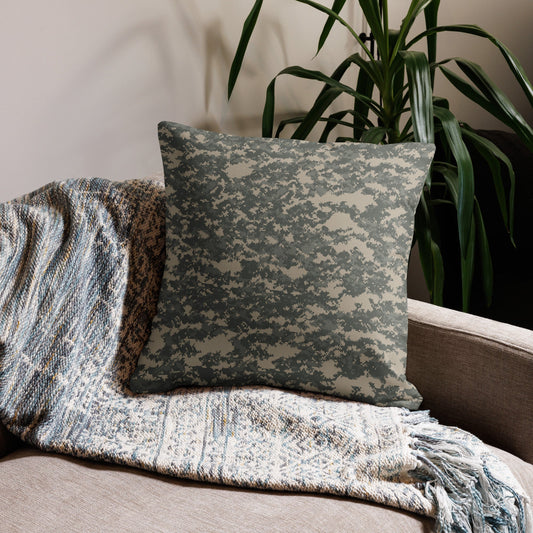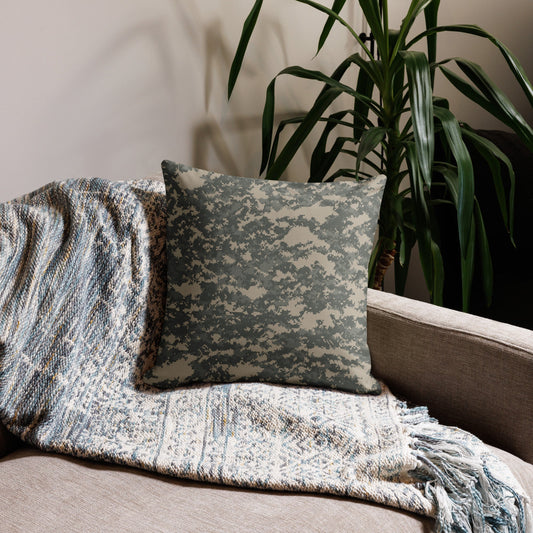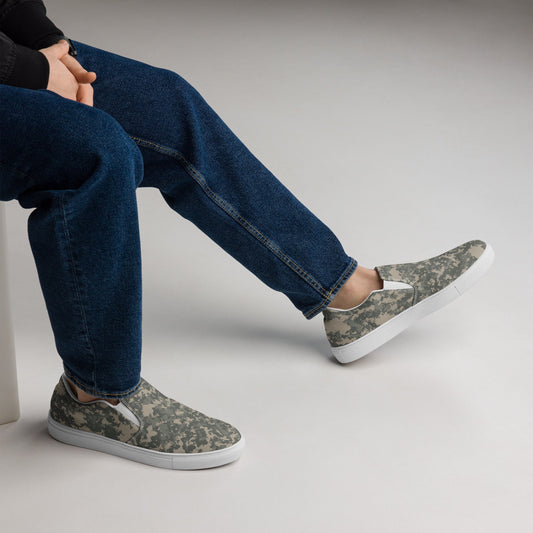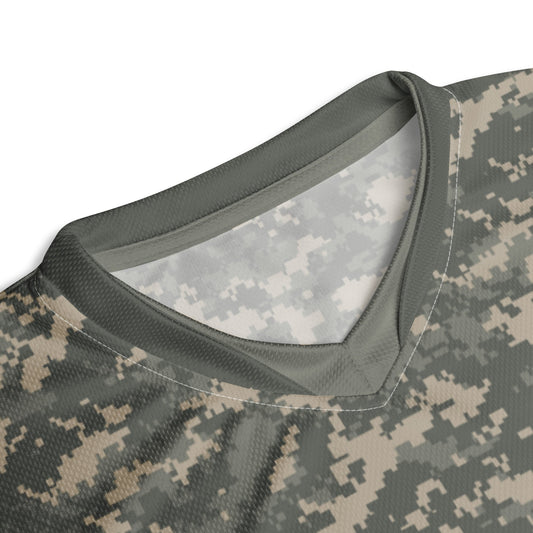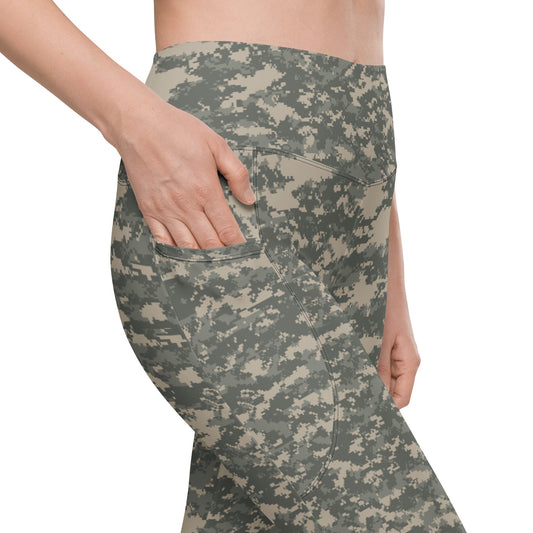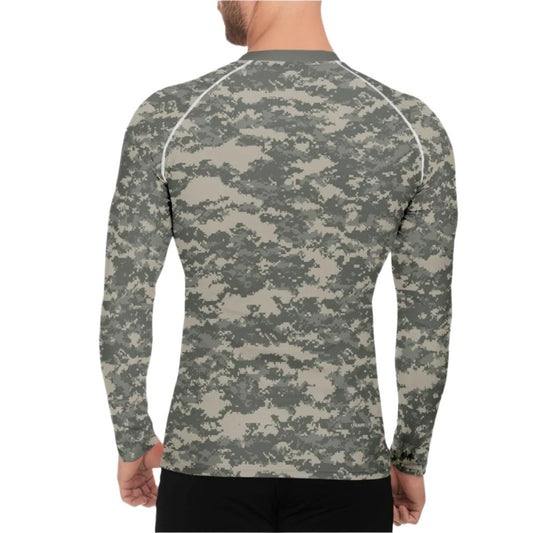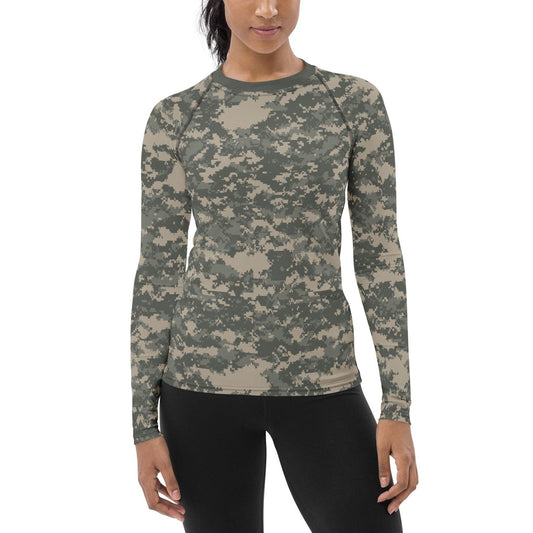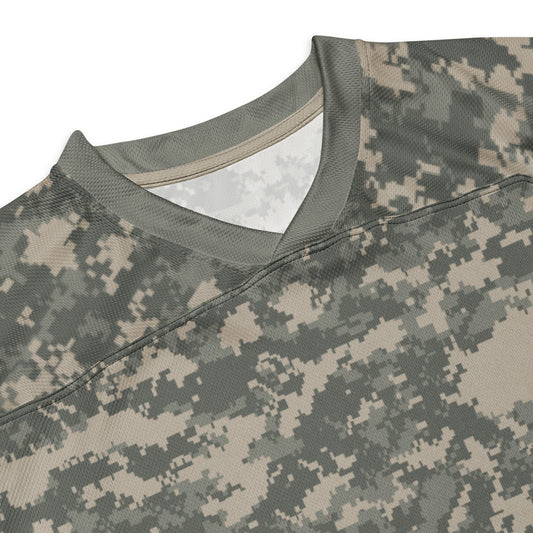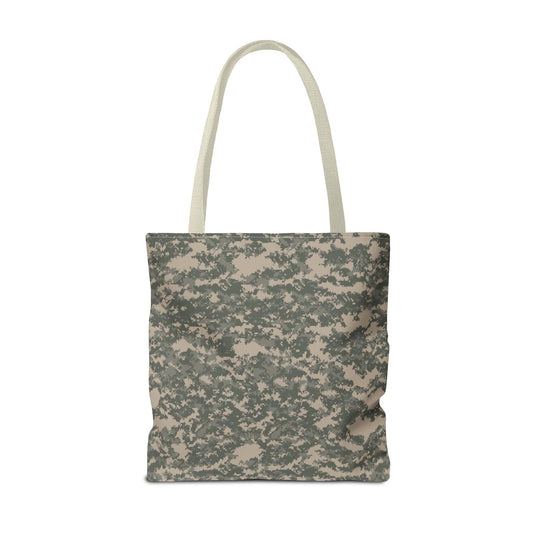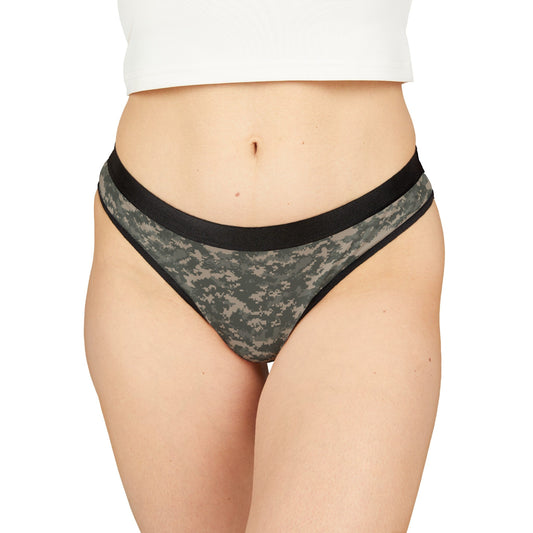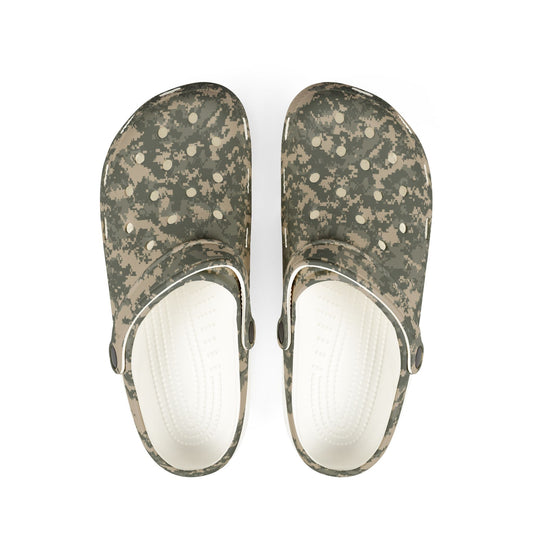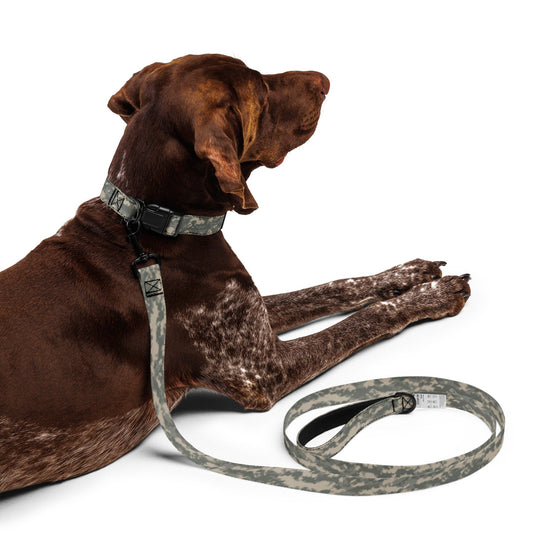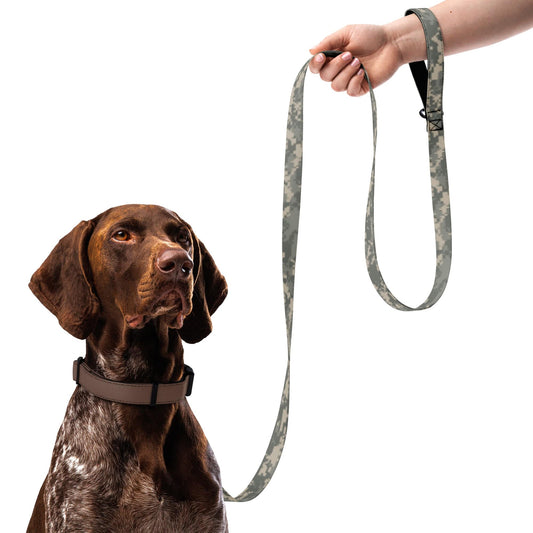In response to these issues, the Army initiated the Camouflage Improvement Effort in 2010, testing various new patterns. This effort led to the adoption of the Operational Camouflage Pattern (OCP), a variant of MultiCam, which performed better across multiple environments. The OCP became the standard issue for the U.S. Army starting in 2015.
Despite its shortcomings, the UCP saw widespread use and continues to be employed by various military and law enforcement agencies worldwide. It has been adopted in some form by forces in countries such as Argentina, Azerbaijan, Bolivia, Chile, Cyprus, and others, either as surplus from the U.S. Army or through local copies and adaptations.The transition away from UCP was part of a broader effort to improve soldier safety and effectiveness, recognizing that a one-size-fits-all camouflage solution was impractical for the diverse operational environments encountered by soldiers.
Although the Universal Camouflage Pattern was officially retired by the U.S. Army in 2015, its presence endures through surplus markets, civilian apparel adaptations, and non-military applications. In the years following its phase-out, UCP has become a recognizable artifact of early 21st-century U.S. military design, often referenced in discussions surrounding digital camouflage development and uniform standardization efforts. Beyond its use by foreign militaries and police units, the pattern has found a second life in tactical gear, workwear, and fashion contexts, where its distinct gray-green pixelated layout is used less for concealment and more as a stylistic or symbolic element.
In contemporary use, UCP frequently appears in commercial and hobbyist settings, including airsoft, hunting, and outdoor utility wear. Its availability as military surplus in large quantities has made it accessible to a wide range of users, and its status as a discontinued pattern contributes to its appeal among collectors and military history enthusiasts. Additionally, UCP has influenced subsequent camouflage experiments, serving as a reference point for what does and does not work in multi-environment concealment strategies. As a result, it holds a complex position in the broader history of camouflage—simultaneously a lesson in design limitations and a lasting visual icon of its time.



